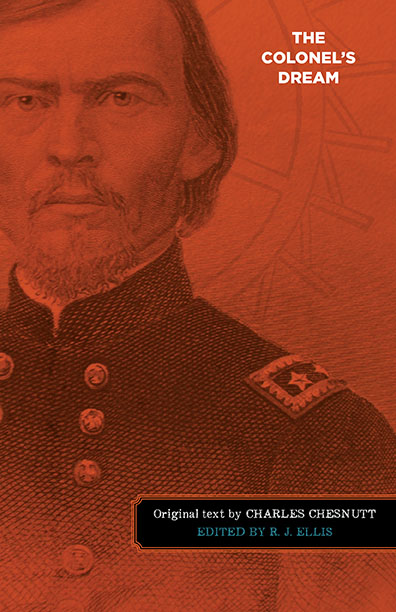Charles W. Chesnutt’s Stenographic RealismPosted in Articles, Literary/Artistic Criticism, Media Archive, United States on 2016-02-28 23:18Z by Steven |
Charles W. Chesnutt’s Stenographic Realism
MELUS: Multi-Ethnic Literature of the U.S.
Volume 40, Number 4, Winter 2015
pages 48-68
Mark Sussman
Hunter College, City University of New York
Speaking before a meeting of the Ohio Stenographer’s Association on 28 August 1889, Charles W. Chesnutt declared: “The invention of phonography deserves to rank, and does rank, in the minds of those who know its uses, with the great inventions of the nineteenth century; along with the steam engine, the telegraph, the sewing machine, the telephone” (“Some” 74). Phonography, the name Isaac Pitman gave to his popular system of shorthand notation, had been an obsession for Chesnutt going back about a decade. While he supported himself and his family for a short time solely by writing fiction, his income largely came first as a free-lance legal stenographer and then as the owner of his own successful stenography practice. In the midst of teaching himself Pitman’s shorthand, Chesnutt wrote in his journal on 28 June 1880: “I must write a lecture on phonography—the principles of the art; its uses, and the method of learning it” (Journals 143), and so his speech marked the culmination of his desire to entwine the practice of shorthand with his other obsession, that of becoming a writer of fiction.
This essay takes as its point of departure the idea that Chesnutt’s two coinciding writerly practices—stenography and fiction—are more than merely coincidental. The connection of writing to stenography and stenography to writing, far from being limited to the singular professional development of Chesnutt (the first major black American novelist), reflects some of the shared anxieties and contradictions of the racial and literary imaginations of the nineteenth century. Stenography, as a writing system that claims to record and preserve the inflections of human speech, and literary realism, a form of writing that claims to register the vicissitudes of human experience, both participate in a form of mimesis that was, by the end of the nineteenth century, the primary site of critical discord surrounding American fiction.
However, that discord was not only literary. Rather, debates about the role of mimesis in literary production, while they found their mute brother in the technology of stenography, also shaded into debates about the nature of imitativeness and, more specifically, whether or not imitativeness was an epistemic quality rooted in race. For race scientists, anti-abolitionists, and, later, for post-Reconstruction critics of black education, the idea that “Africans” possessed an imitative nature posed an insurmountable obstacle to any real education. Further, the idea that a black person appearing to have acquired knowledge through education was, in truth, only “parroting” what they had heard suggested that while blacks could use knowledge, only whites could truly possess it. Chesnutt’s dual practices of writerly mimesis turn racialized models of imitation on their head. His novel The House behind the Cedars (1900) suggests that imitation, in the form of learned manners and etiquette, constitutes the only identifiable form of “racial” behavior, white or black. Far from a perceived special “African” quality, imitation demonstrates the literal insubstantiality of race itself. Dialect fiction, an ostensibly mimetic writing form that portrays human speech as the locus of racial authenticity, ironically materializes and substantializes what Chesnutt elsewhere strove to demonstrate was insubstantial. For Chesnutt, then, writing was the sole arena in which the paradoxes of race thinking could take shape; to write race was, in some sense, and perhaps only for Chesnutt, to literally bring race into being.
The story “The Goophered Grapevine” exemplifies this phenomenon. One of Chesnutt’s stories written largely in dialect, this tale almost seems designed to look like one of Chesnutt’s stenographic transcriptions. It displays what Lisa Gitelman has described as “the underlying matter of representing orality” (52) in even those domains of literary culture without direct knowledge of shorthand writing. The story begins, as do all of the tales collected in Chesnutt’s The Conjure Woman (1899), in the first person. The white Northerner John describes his and his wife Annie’s decision to move from northern Ohio to North Carolina, both for Annie’s health and in order for John to purchase a vineyard. The two encounter Julius McAdoo, a former slave, who warns them away from the vineyard, telling them that years ago some of the scuppernong vines were “goophered” (cursed or hexed…
Read or purchase the article here.
